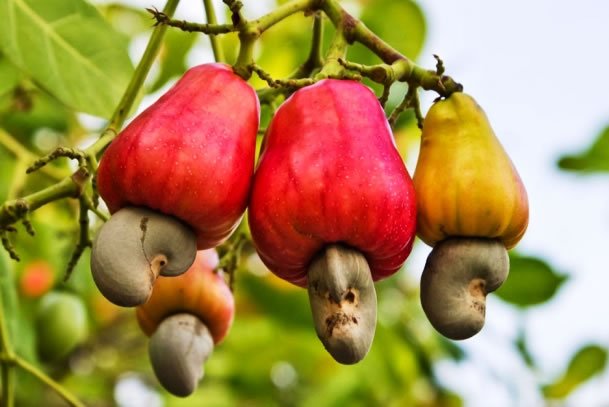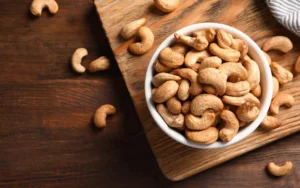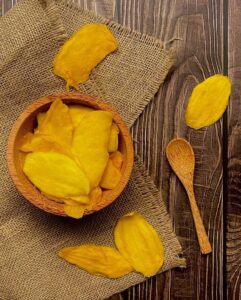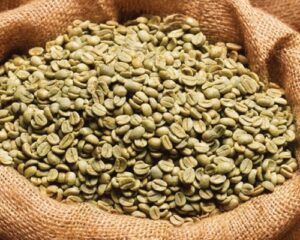The Origins of Cashews
Cashews trace their roots back to the tropical regions of South America, particularly northeastern Brazil. The cashew tree, scientifically known as Anacardium occidentale, has been a staple in indigenous diets for thousands of years. Initially, cashews were not cultivated on a large scale but were instead a local delicacy enjoyed by native communities.
In the 16th century, Portuguese explorers who arrived in Brazil recognized the value of cashew trees and introduced them to their colonies in Africa and Asia. This marked the beginning of the global spread of cashew cultivation. Over time, cashew trees flourished in other tropical regions, including India, Vietnam, and African countries such as Mozambique and Côte d'Ivoire. Today, these nations are among the world's largest cashew producers and exporters.
Growth and Development of the Cashew Tree
The cashew tree is a large, resilient species that can grow between 6 to 12 meters tall, sometimes even taller with proper care. It thrives in dry, arid climates with abundant sunlight and can withstand harsh environmental conditions. This adaptability makes cashew trees ideal for tropical regions like Vietnam, India, and Africa.
Cashews have a distinctive shape with two distinct parts: the cashew fruit and the cashew nut. The cashew fruit is yellow or red, contains a lot of water and is often used to make juice or jam. The cashew nut is located at the bottom of the cashew fruit, surrounded by a hard shell and is the part we usually eat after being processed.
Cashew Harvesting and Processing
Cashew harvesting is a meticulous process requiring great care. When cashew apples ripen, they fall to the ground and are collected by farmers. At this stage, the cashew nut remains encased in a hard shell, which contains a toxic oil that can cause skin burns if not handled properly. Therefore, cashews must undergo several thorough processing stages:
- Drying:Cashew nuts are sun-dried to reduce moisture, ensuring longer shelf life.
- Roasting or Steaming:The nuts are either roasted or steamed to soften the hard outer shell and evaporate the toxic oil.
- Shelling:After roasting, the cashew nuts are shelled either manually or using specialized machinery.
- Cleaning and Sorting:Once shelled, cashews are cleaned, impurities are removed, and the nuts are sorted by size.
Each step in the processing chain plays a crucial role in preserving the delicious flavor and high nutritional quality of cashews.
The Exceptional Nutritional Value of Cashews
Cashews are a rich source of essential nutrients, particularly monounsaturated fats, which promote heart health. In addition, cashews contain significant amounts of protein, fiber, and vital minerals such as magnesium, zinc, iron, and copper. These nutrients help regulate hormones, strengthen bones, and support nervous system function.
Moreover, cashews are packed with antioxidants, which protect the body against damage caused by free radicals. Regular consumption of cashews can improve cardiovascular health, reduce the risk of chronic diseases such as diabetes, and aid in weight management.
Cashews in Global Cuisine
Today, cashews have become a staple ingredient in various dishes and culinary traditions worldwide. In Asia, cashews are commonly used in stir-fries, soups, and salads. Meanwhile, in Europe and the U.S., cashews are often transformed into dairy alternatives such as cashew milk, cashew butter, and cashew cheese—ideal choices for vegans and those with dietary restrictions.
Beyond savory dishes, cashews are a key ingredient in desserts and confectionery, thanks to their creamy texture and ability to blend well with other flavors.
The Future of the Cashew Industry
The cashew industry is experiencing rapid growth, driven by increasing consumer demand for healthy and eco-friendly products. Leading cashew-exporting nations—Vietnam, India, and Côte d'Ivoire—supply the majority of the world’s cashew production. However, to meet rising global demand, the industry must invest in advanced processing and preservation technologies to ensure quality and food safety.
As cashews continue to gain popularity, we can expect this industry to expand further, bringing economic benefits to cashew-producing nations while offering consumers nutritious and versatile food options.
Vietnam's Seasonal Specialties Cashews
- Premium Sourcing from Binh Phuoc and the Central Highlands Cashews are carefully selected from basalt red soil and alluvial grey soil regions, where the stable tropical climate provides ideal conditions for producing plump, buttery, and naturally sweet cashews.
- No Preservatives or Artificial Flavoring Our products are made from pure, natural ingredients with no chemicals, ensuring a rich, buttery flavor while maintaining the highest safety standards for health.
- A Modern Roasting Process Blended with Tradition Cashews are roasted using cashew wood and modern technology, achieving a perfect balance of rich nuttiness, crisp texture, and distinctive aroma.
- High nutritional value. Rich in healthy fats and antioxidants, cashews are a nutritious choice suitable for all ages.
- Trusted Places to Purchase You can now enjoy the product from Vietnam's Seasonal Specialties Cashews at our chain of stores in airports and Linh restaurant locations.








